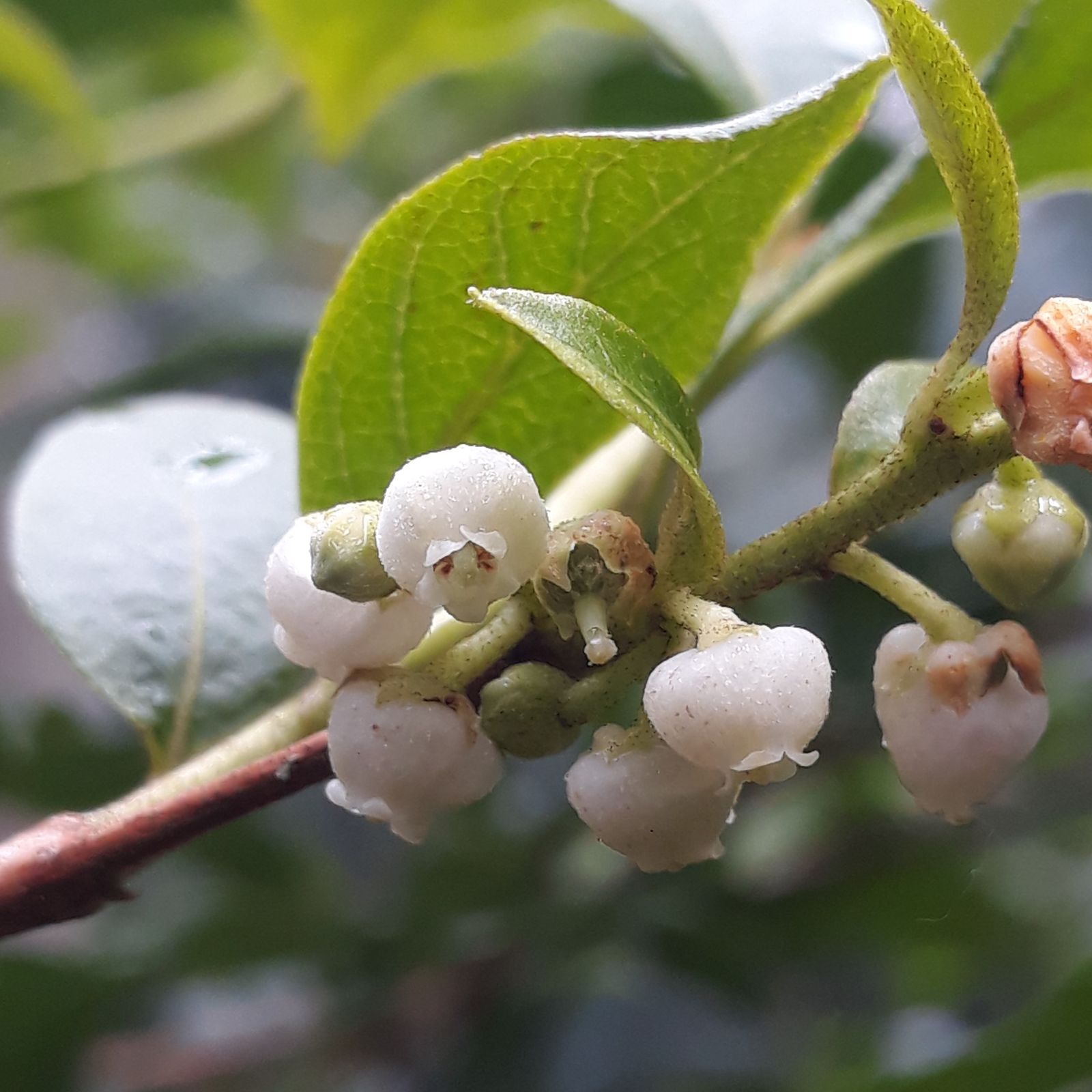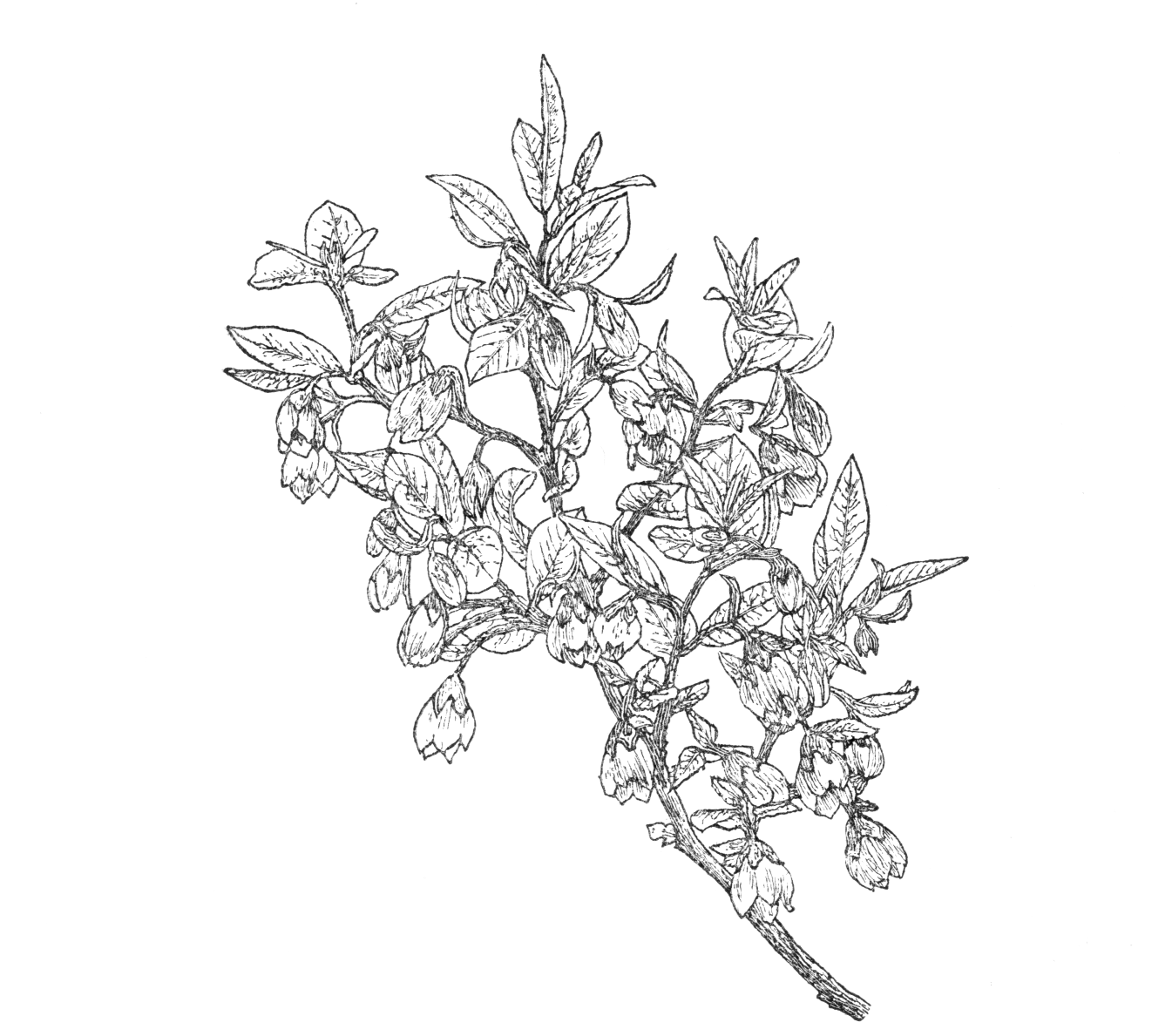Gaylussacia
Credits
Article from Bean's Trees and Shrubs Hardy in the British Isles
Recommended citation
'Gaylussacia' from the website Trees and Shrubs Online (treesandshrubsonline.
Family
- Ericaceae
Common Names
- Huckleberry
This genus contains some forty to fifty species which belong exclusively to the New World, the greater proportion being found in S. America. About half a dozen species are in cultivation, all from eastern N. America, and, with the exception of G. brachycera, deciduous shrubs. The leaves are alternate, not toothed except in G. brachycera, and often resin-dotted. The corolla resembles that of Vaccinium, to which genus Gaylussacia is closely allied. The fruit is berry-like, outwardly similar to that of Vaccinium, but markedly different in containing ten cells and ten nutlets, instead of the four or five cells and numerous minute seeds of Vaccinium. The genus commemorates J. L. Gay-Lussac, the French chemist (1778–1850). Cultivation the same as for Vaccinium; but these shrubs have obtained little attention in gardens. Some of the species yield in the wild large crops of edible fruits in N. America, but have no value in that respect with us.


